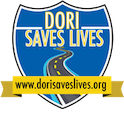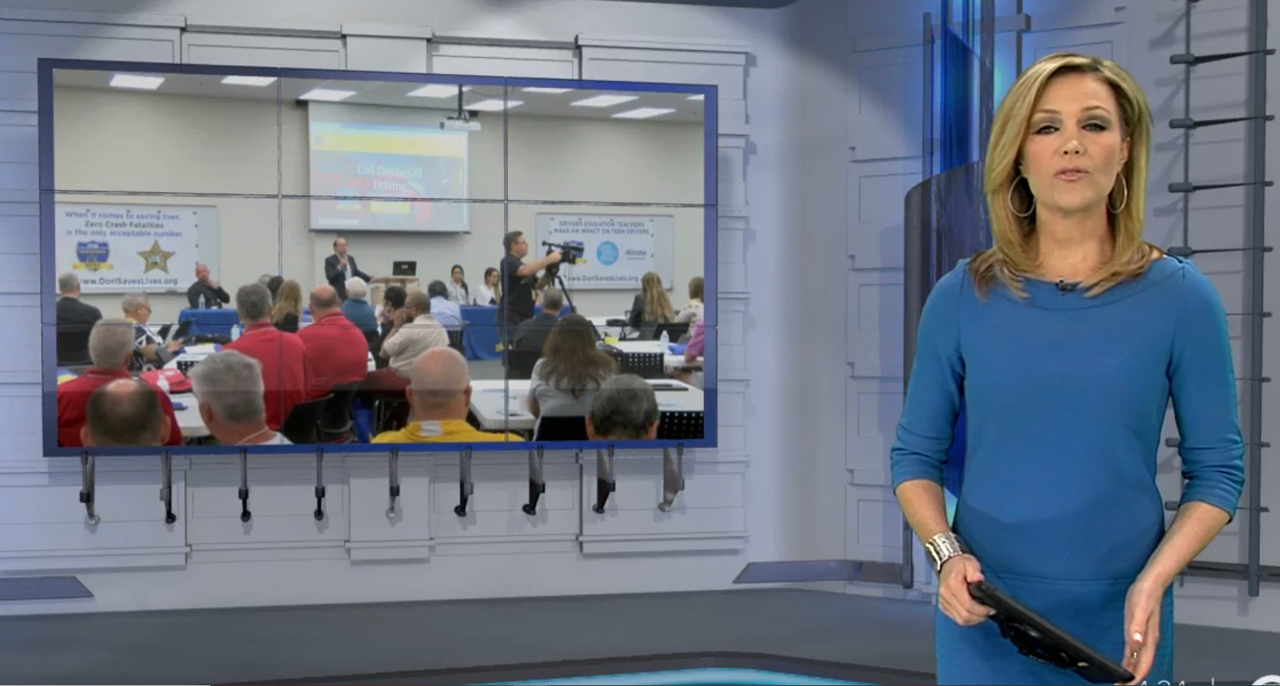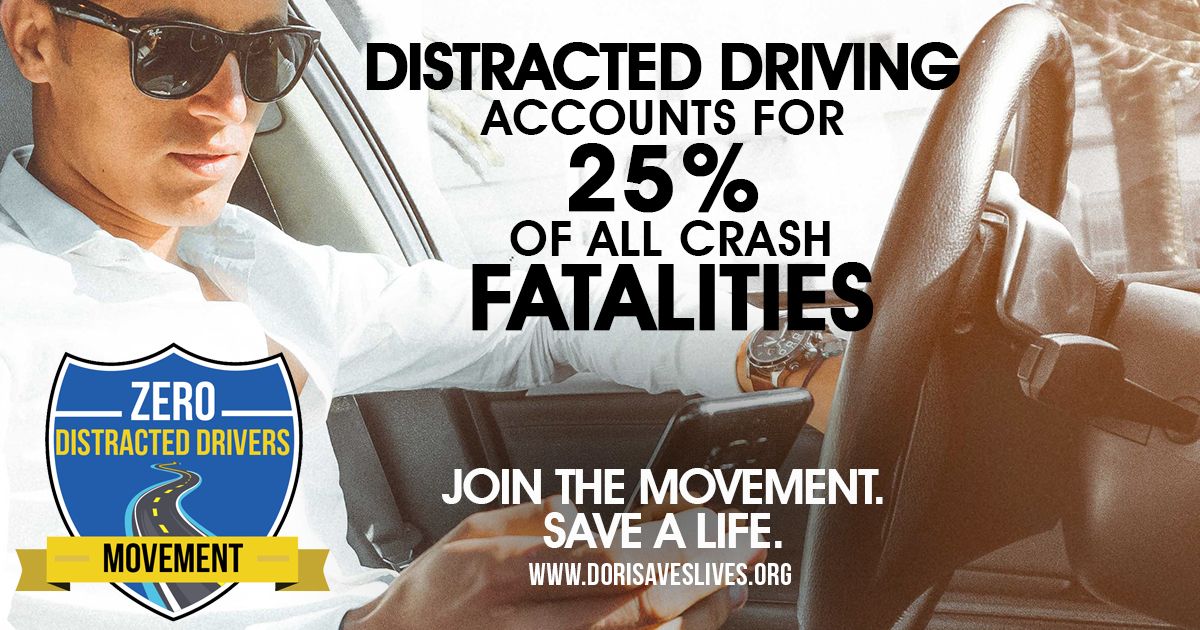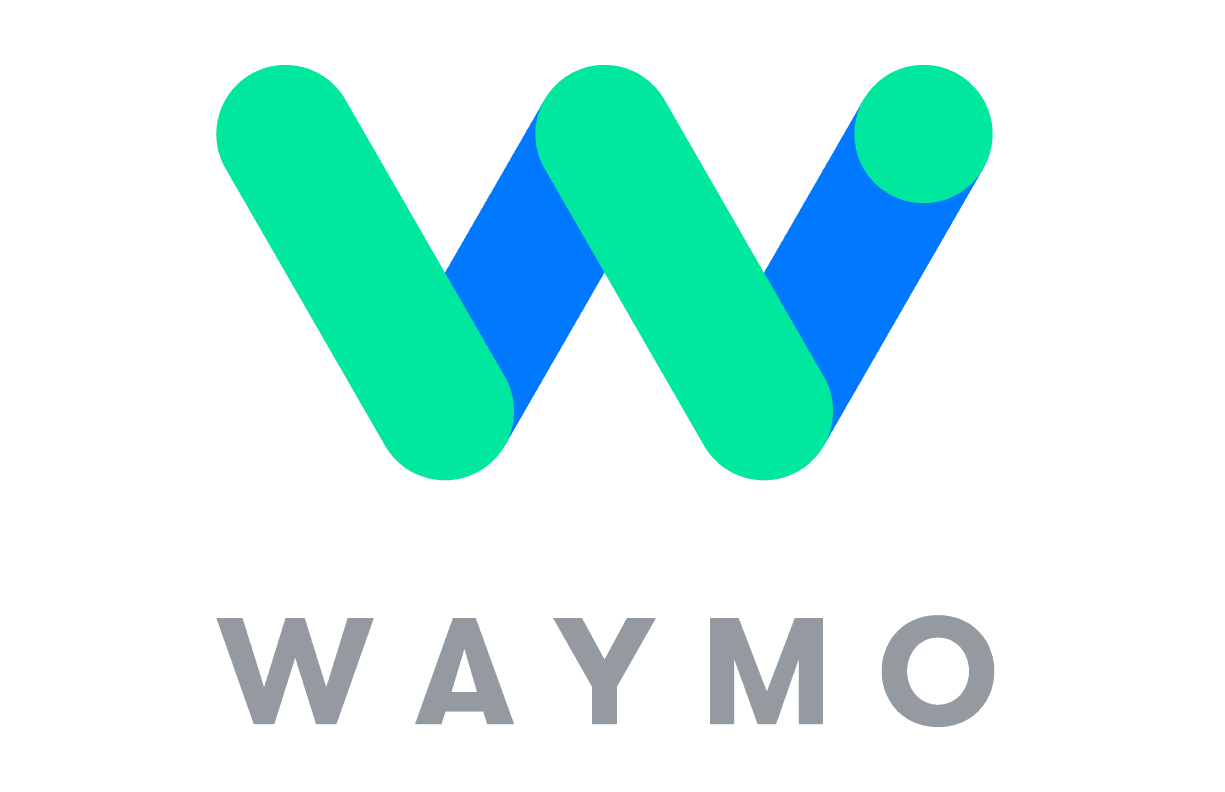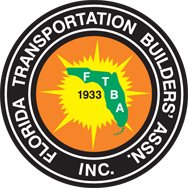Distracted Driving Essay By: Aarush Singh Student at: Suncoast High School
Driving, especially for teens in high school, is a great thing to learn. This often feels like a step towards adulthood and becoming more independent. Driving, however, is often dangerous and car accidents are a leading cause of deaths among teenagers. To help make driving safe for teens, I have created a program called the SDP (Safe Driving Program), to help ensure that fellow teens like me can stay safe on the road while also having fun with friends. The SDP will help teens recognize dangerous situations and how to avoid these problems. It will also provide tips on what to do if a teen gets stuck in a particular place on the road (such as if a teen doesn’t know that you have to stop for a school bus that has its stop signs in front of you).
Analyzing and giving feedback (also auto-driving in some situations) in dangerous situations will be one of the things I will create in the SDP to help make driving safe for teens. Once a teen has been given feedback on how to analyze the situation that they are in, the program will make the car follow the routine to get out of the situation that they are in, such as if a teen is right behind an accident that just happened, and if the teen doesn’t know what to do, my program will auto guide them towards a different lane, and then the SDP will explain why it moved the car towards a different lane. This will help in almost all dangerous situations that a teen may come across while they are driving. Driving at night can also have dangerous situations, especially for teens who are inexperienced. Darkness can often be an issue for teen drivers, as it makes it difficult to judge the distance between vehicles. The SDP will also be equipped with a “Night Mode”, which will be able to help teens see the distance between them and the vehicles in front of them and to their sides (if possible).
Another feature that will be included in the SDP is creating a timer which tracks how long you have been driving for. Using this data, a teen can set a “break-time” in which after a certain amount of time the SDP will tell them to take a break from driving. If they are on the highway, and if the closest rest area is not in reach within that time frame, the SDP will tell you to keep going to the next rest area (as long as the teen still has the energy, they should be safe to make it to the rest area).
Driving defensively will be the motto of the SDP. Anticipating that others will make mistakes is something that can save lives. The SDP will use this in order to perform certain actions while driving and to be on the lookout and cut down on distractions to develop safer driving habits. In this way, the SDP will help the teen understand that they should not “depend on others” to drive safely, and instead take their own precautions, or “cut out distractions”.
The way that we can implement the SDP into every car is to add the new features into the sat nav. Getting this done will take time and it is definitely going to be complicated. Some companies might change the SDP in a way that benefits a driver a lot or just a little. Either way, the features that I have described that make up the SDP will definitely help teens improve their driving and help them understand how to stay safe on the road. I will try to work with companies to implement my ideas of these features and the SDP into their cars. That way, if every car has the SDP as part of their sat nav we can keep all drivers that want to be safe while driving, safe to enjoy life on the road.
